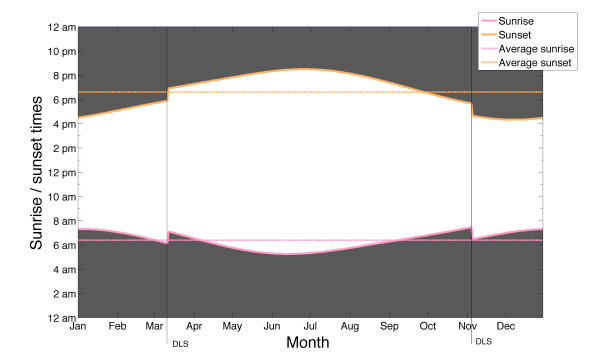Comparing Hurricane Disasters: Sandy vs. Katrina
Comparing Disasters: Sandy vs. Katrina from The Huffington Post does a good job of clearly walking through the data to put the two mega-storm hurricanes into perspective. Designed by Tim Wallace and Jaweed Kaleem,
Over 100 people have died in the U.S. alone so far from Hurricane Sandy, and concerns are mounting that with hundreds of thousands still without power in frigid temperatures, the death toll will continue to climb. As the East Coast examines the destruction, comparisons have been made to other catastrophic storms.
Hurricane Katrina, which ravaged the Gulf Coast in 2005, killed over 1,800 people and cost nearly $125 billion. Both storms were deadly, destructive and devastating to the thousands who lost their homes and livelihoods. View the infographic below to see how they compare by the numbers.
Editor’s note: This infographic has been updated to to reflect new and more comprehensive data on the number of people displaced or who will potentially be displaced by Hurricane Sandy-related damage, including people in shelters and people who are not in shelters but have had to leave their homes.
This infographic design does a great job using simple data visualizations to compare the two hurricanes with visual styles that are quick and easy for the reader to understand. I’m especially impressed with the effective use of the grid of squares visualization method. Although normally used in blocks of 100 to show percentages, they are stacked in this design to show quantitative comparisons. They correctly kept each row to only 10 squares, which many designers get wrong. Our number system is base-10, so it’s incredibly easy for us to understand visuals that are stack of 10 objects.
I also appreciate that they varied the visuals to appropriately match the type of data being shown. So, circles to show diameter, map locations to show areas effected and stacked bars are all used along with the grid of squares method.
The overall design has a white background, with no border, so when shown on a webpage that also has a white background, it’s hard to see where the infographic stops. I usually recommend some type of background color or frame to help the infographic stand out on its own.
At the bottom, a couple elements are missing. A Copyright or Creative Commons claim, and the URL for readers to find the original, full-size version when they see the infographic shared on other sites.










